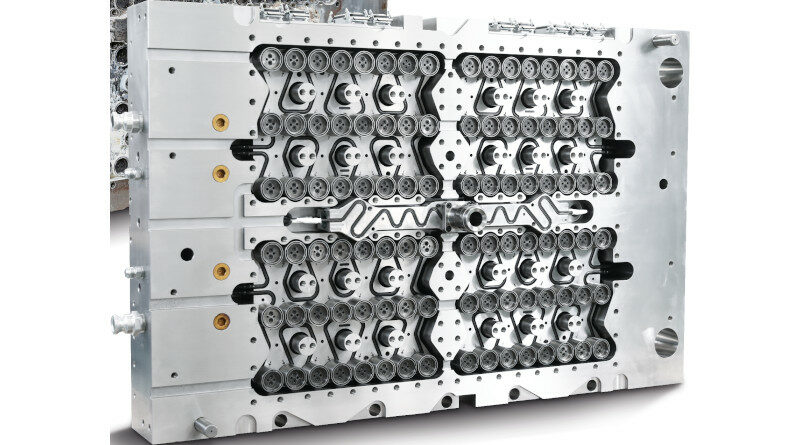Existing equipment can be adapted to the demands of rPET
Fast turnaround and advanced metrology
HRC Europe Hall C5 – Booth 220
HRC, based in Győr, Hungary, was founded in 2006 by brothers Árpád and Tamás Horvath. Its core business is servicing of PET hot runners and the supply of high-quality spare parts to the PET packaging industry. Its annual gross revenues are in the region of €1.5 million/a, earned from a customer base ranging from small to large, primarily in Europe but with a presence in Japan, India and Russia. Its expertise extends from two to 144-cavity hot runners.
HRC says that it specialises in fast return and recommissioning times. It emphasises the importance of the preventive maintenance programs, based on robust technology and the use of high quality components. The company explains that the first evidence of component wear is, usually, preform gate quality. If remedial action is not taken quickly, problems with the blowing process, filling and container life can escalate fast. HRC says that it operates 100% in-house inspection of components it uses, for reliability, reduction of unplanned downtime and lower and more predictable total cost of ownership.
While servicing and refurbishment is usually planned for periods of low demand, unforeseen issues can arise at any time. Substandard performance can oblige production managers to shut down problematic cavities, to avoid the worst quality problems but continuing production but with reduced capacity is a temporary and, HRC says, it can lead to further complications. HRC encourages customers faced with such challenges to get in contact directly, so that it can help with root-cause analysis and enable informed decision-making and return to full production as quickly as possible. The strongest trend in the industry currently is the growing percentage of recycled content.
Recycled PET (rPET) is often thermally less stable than virgin PET, which can impact on the performance of a PET injection moulding line. Small operational mistakes can cause larger problems when running rPET, as degradation and dust sublimation happen faster, with implications on preform part quality, crystallinity and other quality issues.
HRC recently invested to expand capacity and workspace, in anticipation of more frequent refurbishments requests, especially on older systems. While older hot runners still perform adequately, they often suffer more from dust accumulation, especially in the case of solid skirt valve. Consequently, their preventative maintenance requirements and intervals are expected to increase. Its experienced team of technicians operate in a workshop that includes a hot-cleaning section, a large ultrasonic bath array, and a state-of-the-art quality control lab, equipped with top-tier physical and optical inspection systems. The company has helped several customers with a more intensive maintenance interval and offered advice and support to ensure they can reach sustainability goals, while remaining competitive on cost. Most hot runners can perfectly stand the test of time with a decent overhaul, rather than having to invest in a new system, it says.
With fortunate timing, HRC has completed the installation of a solar panel array that delivers up to 55,000 kWh, which is almost 400% of the factory’s current total consumption. Surplus energy is transmitted to the Grid. By reducing its own dependence on carbon-based energy sources and reducing emission levels to an absolute minimum, the company helps customers achieve their supply chain sustainability goals.
Since 2012, HRC has provided year-round support and refurbishment services for multilayer preform systems as well. HRC says that, since it was founded, it has never let a single customer down and that it has a record free of significant complaints. It claims to offer a service with zero risk and proven performance, with industry-leading lead times.

